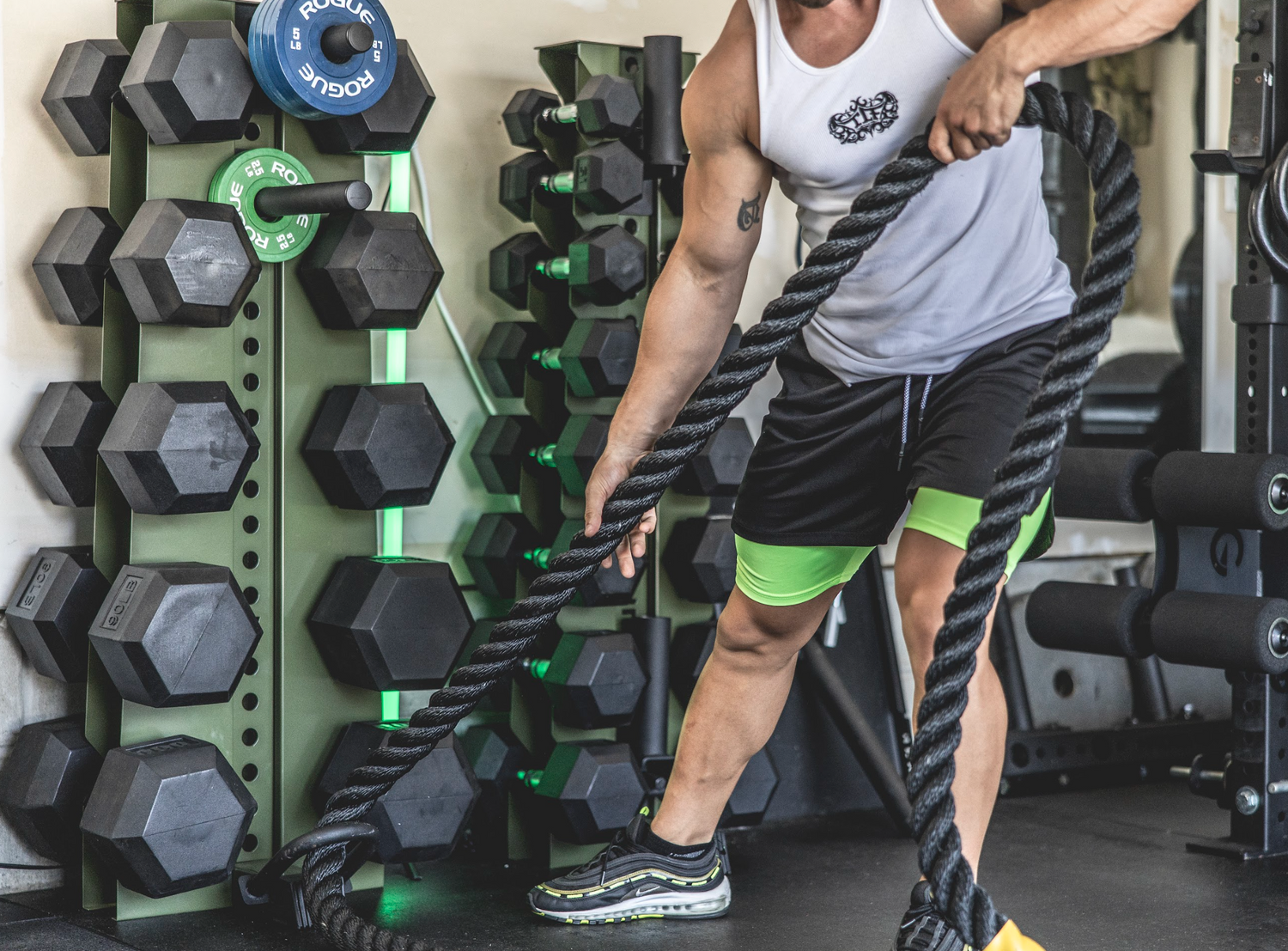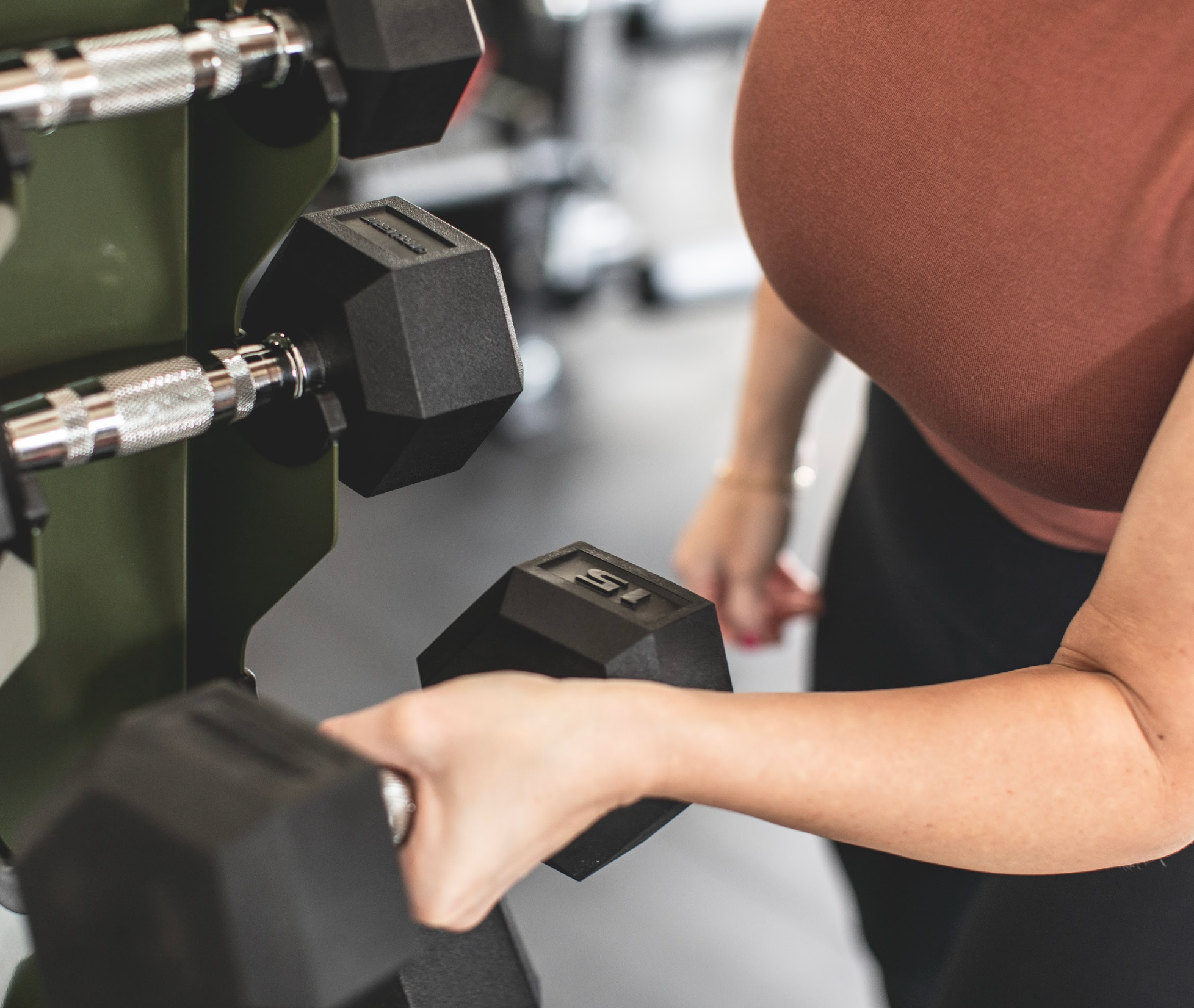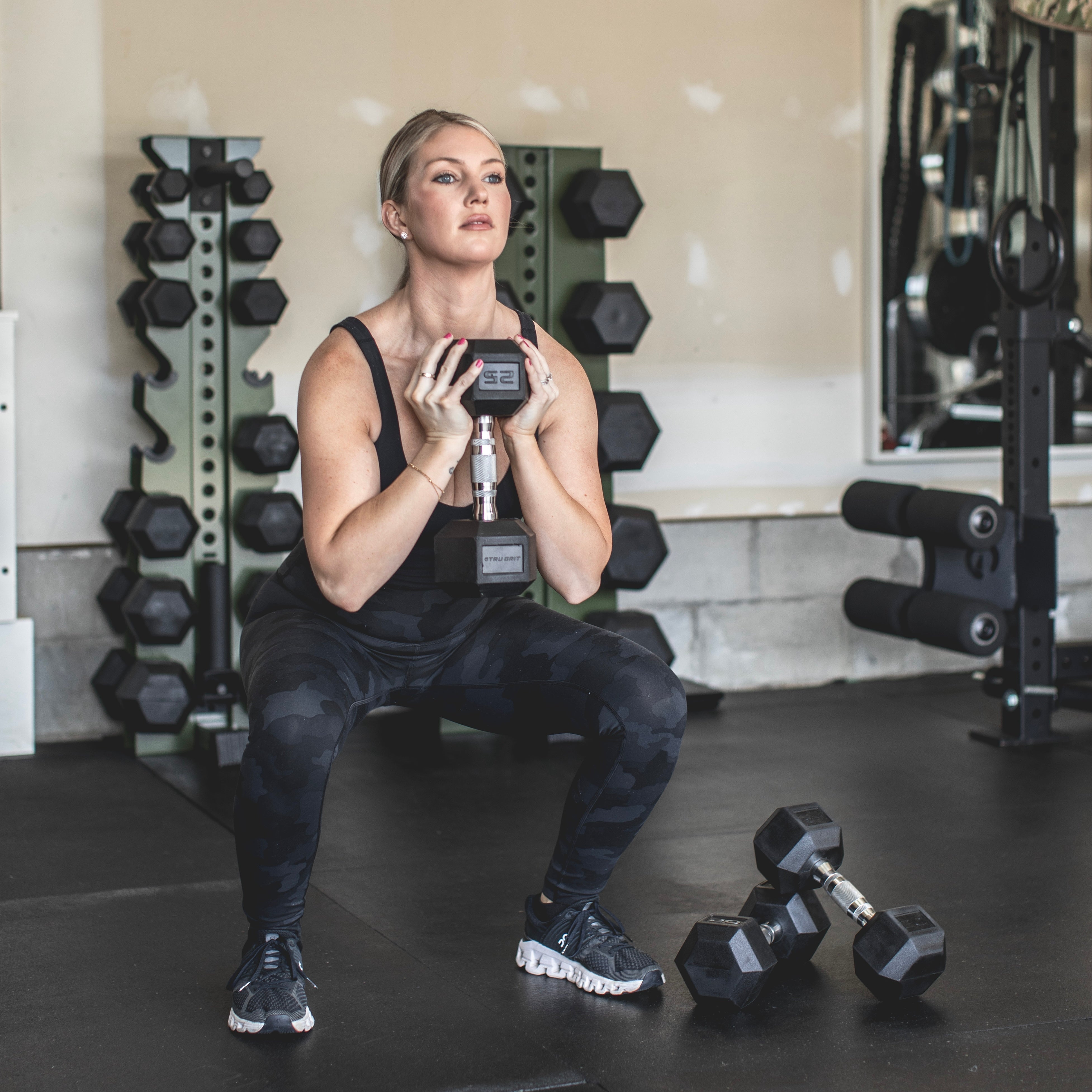Building a home gym is a great investment you can make for your health, convenience, and long-term savings. Whether you have a spare room, a garage, or just a small corner in your apartment, creating a personal workout space can be easily achievable. In this guide, we’ll walk through how to build a home gym, covering everything from equipment choices and layouts to budget-friendly tips and storage solutions.
Why Build a Home Gym?
If you struggle with crowded gyms, commutes, or expensive memberships, a home gym offers freedom and flexibility. Not only can you skip the commute, but you’ll also enjoy complete control over your equipment and environment. Over time, the investment pays for itself compared to monthly fees. Perhaps most importantly, training at home provides privacy and consistency—you set the tone for your workouts.
Step 1: Choose Your Space
The first step in building a home gym is deciding where it will go. Some people dedicate their garage to a complete setup, while others transform a small basement corner or even carve out space in an apartment. A garage gym setup is ideal if you have heavy lifting equipment or need extra room, while a small home gym setup works well in tight spaces with compact and vertical storage solutions. Consider ceiling height, flooring, ventilation, and natural light when choosing your space.

Step 2: Set Your Budget
A home gym doesn’t need to be expensive. You can build a functional setup for under $500 with resistance bands, cheap adjustable dumbbells, and a low-budget bench. For those wanting a more robust option, investing in barbells, dumbbells, bumper plates, weight storage, and a squat rack creates a professional-level space. Always weigh the long-term cost of a home gym vs gym membership. Often, the upfront expense of a home setup becomes more affordable within two to three years.
Step 3: Select Must-Have Equipment
The equipment you choose when building a home gym depends on your goals, but some pieces are universally beneficial. Dumbbells and kettlebells are staples for strength and conditioning, while resistance bands are affordable, portable, and effective for both beginners and advanced users. Adding a bench, pull-up bar, and barbell with plates opens up countless training possibilities. Cardio machines like a rower or treadmill can be included if space and budget allow. Think of this as your personal home gym checklist—start with the essentials and add on as you go.

Step 4: Optimize Storage and Organization
One of the most overlooked aspects of building a home gym is storage. Without it, your gym quickly turns into a cluttered mess. This is where Synergy Custom Fitness shines. Our space-saving racks make organization simple while preserving valuable floor space.
Our vertical dumbbell racks allow you to store full sets of dumbbells without crowding your gym. Our vertical kettlebell racks are perfect for keeping kettlebells safe and accessible. Our weight plate trees ensure that heavy plates are stored securely while keeping your gym neat. We even offer these solutions in multiple colors so your gym can be functional but match your aesthetic.

Additionally, our racks are highly customizable and multifunctional. Each rack is compatible with attachment accessories, such as weight plate holders, barbell holders, and landmine & battle rope attachments. If your weight collection grows, our vertical dumbbell racks can be transformed into full-sized horizontal storage with our expansion kit.

Step 5: Flooring and Safety
The foundation of a home gym is its flooring. Proper flooring protects your equipment, your body, and your home. Rubber mats, foam tiles, or stall mats are all solid choices depending on your budget. If you plan to lift heavy weights, non-slip surfaces and durable padding are essential. Creating a safe setup also matters for families—children and pets often share these spaces, so stability and secure storage matter just as much as your choice of equipment.
Step 6: Design and Motivation
A home gym should inspire you to train consistently. Beyond the basics, think about design and atmosphere. Mirrors help you monitor form while making your space feel larger. Lighting sets the mood, and accent walls or color-coordinated equipment can give your gym a polished look. With Synergy Custom Fitness racks available in 11 colors, you can match your storage to the rest of your space for a modern, cohesive design.

Step 7: Plan Your Training
Once your gym is in place, it’s time to use it. Begin with routines that fit your space and equipment. Dumbbell workouts at home are highly versatile, and kettlebell workouts for beginners add dynamic strength training to your routine. For days you prefer simplicity, bodyweight circuits require no extra gear. The key is to take advantage of the flexibility your home gym provides—you can train on your schedule, with no wait times or distractions.

Building Your Home Gym
Learning how to build a home gym doesn’t have to be overwhelming. By selecting the right space, setting a realistic budget, and investing in must-have equipment, you can create a setup that perfectly fits your lifestyle. Organization and storage are critical for keeping your gym functional and motivating, and this is where we can make a difference. Our space-saving vertical dumbbell racks, kettlebell racks, and weight plate storage solutions are designed to maximize your training space while keeping your home gym clean and professional.
Whether you’re building a garage gym, outfitting an apartment home gym, or upgrading a spare room, the right approach ensures years of consistent training. Start small, focus on essentials, and let your gym evolve as you do.


